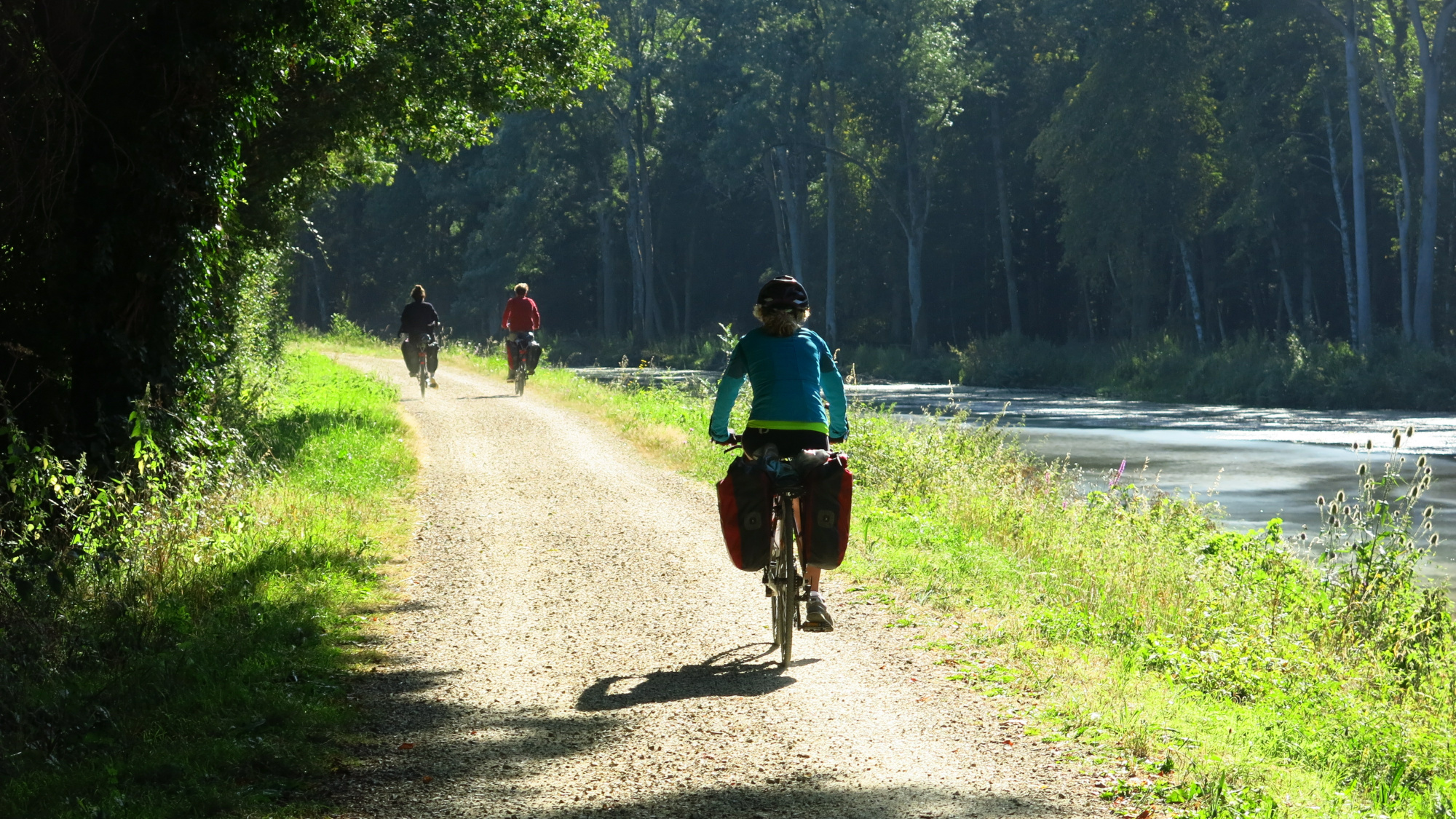
Cycling Waterways: Sustainable Mobility along Watercourses
Encouraging the development of policies to promote sustainable mobility along watercourses: this is the goal of the Cycling Waterways project, which involves six European regions, with Italy being represented by the Piedmont Regional Authority (Regione Piemonte), the West Sesia Irrigation Association (Associazione d’Irrigazione Ovest Sesia) and Politecnico di Torino. Currently at the height of its implementation, the initiative is one of the best examples of inter-institutional collaboration to enhance regional development and promote environmental sustainability.
Cycling Waterways is funded by the Interreg Europe initiative with around €1.5 million. It aims to address shared challenges and overcome them through collaboration, knowledge sharing and the development of policy tools that improve the accessibility and cycle-friendliness of waterways as a means for sustainable mobility. The Italian case, in particular, has emerged as a noteworthy example within the project.
"This initiative builds on years of research: at Politecnico, we have been working since 2012 on the role of historical infrastructures in local-scale cycling projects – explains Riccardo Palma, Professor at the Department of Architecture and Design-DAD – It all started with a feasibility study for the Cavour Canal Cycle Route carried out in collaboration with the Cavour Canal Authority (Coutenza Canali Cavour) – which includes the West Sesia and East Sesia Irrigation Associations – and commissioned by the Po River Park Authority (Parco Fluviale del Po)".
This study led to identify a key issue: to turn these historic infrastructures into cycle routes, regulatory frameworks are needed to ensure traffic safety. The lack of a national regulation on the subject is a significant challenge in our country – each region applies its own rules. This issue, combined with understandable concerns over liability, is a significant complication. "This framework made the issue a perfect candidate for an Interreg project, enabling the exchange of experiences and best practices with other countries, where solutions or approaches to the matter may already have been developed – explains Professor Palma– Such projects also allow us to request additional funding after four years to carry out a pilot initiative to test best practices".
To that end, Politecnico established a suitable partnership for this purpose, playing the role of Advisory Partner and scientific coordinator of the project, to which the Regione Piemonte and the Associazione d'Irrigazione Ovest Sesia also contributed in Italy.
The involvement of an irrigation consortium is particularly relevant. "Consortia like ours are responsible for managing watercourses and surrounding areas that are part of the State's public water domain," explains Diego Terruzzi, Director of the Associazione d'Irrigazione Ovest Sesia, adding: "These are not just water channels – they are complex infrastructural systems, including banks and towpaths (‘alzaie’) alongside them. These structures were originally intended for the maintenance of watercourse, not for other uses". However, Terruzzi immediately states: "We strongly believe in the multiple uses of these towpaths, which can become key tools for enhancing the value of the surrounding area, increasing awareness of our local enterprises and their products".
This also explains the active role of the Regione Piemonte. "Our Directorate oversees transport and infrastructure investment, including the development of cycling networks. Joining the project was a significant step for us in raising the issue of cycle path management and maintenance at a national level," explains Michele Marino, Head of the Transport and Infrastructure Unit within the Regione Piemonte’s Department of Public Works, Soil Defence, Civil Protection, Transport and Logistics.
Marino also points out that, for public authorities, participating in such projects provides an opportunity to learn from other institutions across Europe – comparing best practices of other similar institutions in Europe, evaluating whether there is room for improvement in the use of financial resources, and assessing whether what has been achieved meets the needs of those who can benefit from these cycle routes.
"From our perspective – adds Marino – Cycling Waterways can help us addressing a policy gap". This is a key issue for the Regione Piemonte, which adopted a Regional Cycling Mobility Plan (PRMC - Piano regionale della mobilità ciclistica) in 2023. The plan foresees the creation of 28 cycle routes covering around 3,000 km, with clear guidelines about signage, access, usage restrictions, and requirements for the areas involved. "These are complex interventions requiring the collaboration of several regional departments and dialogue with neighbouring regions. The project has allowed us to commission a consultancy to explore safety measures along watercourse routes," notes Cristina Fabrizio, regional official in Marino’s department responsible for managing investment plans and programmes related to cycling infrastructure.
The overarching aim of Interreg Europe is summarised by Irene Ruiz Bazan, researcher at the DAD and project team member: "Knowledge-sharing and the exchange of experiences and best practices are vital to the project. Following this approach, Cycling Waterways represents an opportunity for all participants, who can achieve tangible results and opportunities through collaboration. It represents a qualitative leap in regional planning – one that should be valued and can be replicated elsewhere".
Ultimately, Cycling Waterways shows how each partner can contribute with its own expertise, while also learning from others. The shared goal: to enhance the accessibility of the local areas and the environmental sustainability of the region.